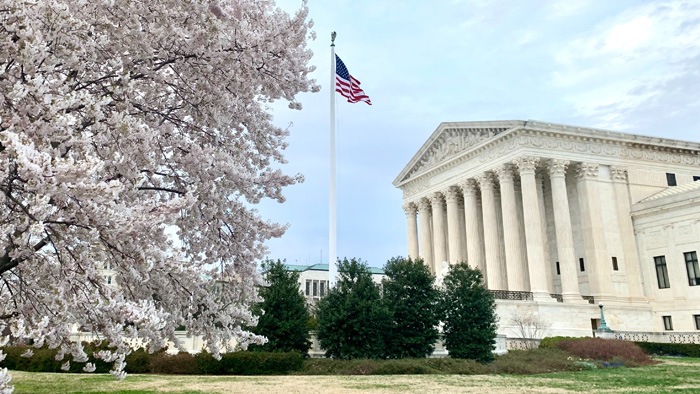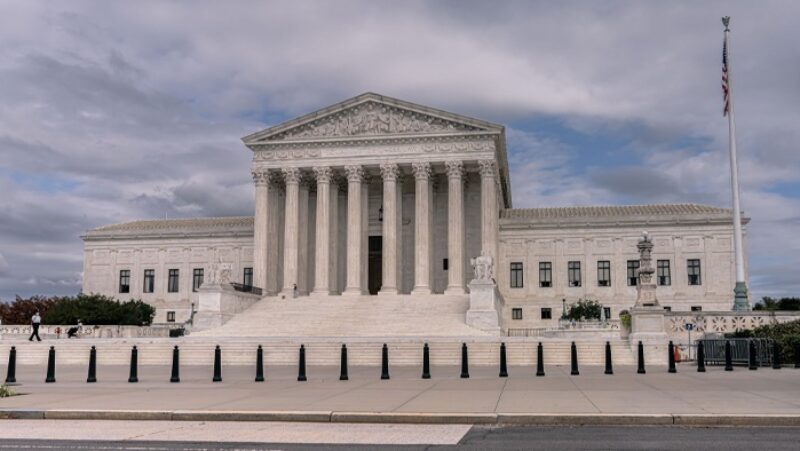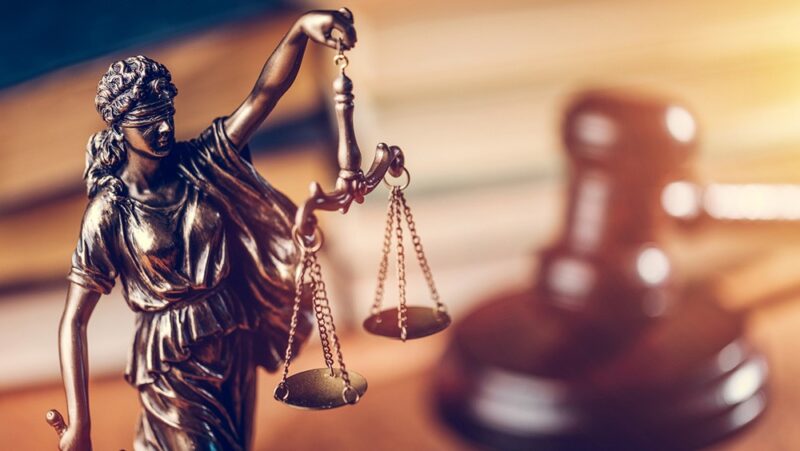At the Supreme Court, Another Step Toward Transparency, But It Has More to Go

It did not make headlines, but the U.S. Supreme Court recently took a small but important nod toward greater transparency and adherence to the First Amendment.
The court announced on Sept. 3, 2020, that it would likely soon issue a new rule that would reduce the number of documents filed with the justices that are “under seal” or kept secret from the public. It is one of several under-the-radar transparency improvements in recent years, coming from a court that has also ignored or rejected other request for openness, such as cameras in the court and greater access to information about justices’ finances, recusals or health.
“Transparency is incredibly important in all branches of government, but it is especially crucial at the Supreme Court, where the justices are unelected and have life tenure,” said Sonja West, a former Supreme Court law clerk and currently a First Amendment expert at the University of Georgia School of Law. “The legitimacy of everything they do hinges on the public’s trust in the court as an institution and transparency is a key tool for maintaining that trust. To paraphrase Spiderman, with great power comes great responsibility to be open and transparent about how you are using that power.”
More about that later, but first, here is what the “under seal” issue is all about.
At the request of lawyers for parties in pending cases, submitted documents can be sealed for a variety of reasons, from shielding corporate trade secrets to concealing the makeup of lethal injection drugs used in executions. In some cases, no reason is given at all, or lower courts have already allowed sealing before they get to the Supreme Court.
Last December, the Reporters Committee for Freedom of the Press sent a letter to Chief Justice John Roberts Jr. stating that the Supreme Court had permitted sealing of documents in 46 cases during the 2018-2019 term, “the most by a significant margin in at least the last three decades.”
Bruce Brown, executive director of the Reporters Committee, wrote, “Although sealing may be warranted in certain cases, this recent marked increase in secrecy is concerning to members of the press who rely on access to the court’s records to inform the public about the important work of the court. It is also at odds with the court’s long-standing commitment to openness and the First Amendment.”
The letter was sent on behalf of the committee and National Public Radio, and backed by 51 news organizations. They urged the high court to promulgate a rule that practitioners would have to follow, making it clear that there is a presumption of access to court documents and that “only compelling reasons can justify sealing and that such sealing must be narrowly tailored.”
For nine months, the court did not answer the Reporters Committee’s letter, but the court finally responded positively early this month. “We have given careful consideration to the issue and agree with your view that there could well be a benefit to reducing our sealing procedures and practices to a formal rule,” Supreme Court Clerk Scott Harris wrote. “We will evaluate the issue further and expect to issue a new rule in the near future. Thank you very much for your thoughtful letter.”
The positive and respectful tone of the court toward the Reporters Committee was remarkable in itself— especially since nine years ago, when the committee made the same request about sealing documents, the response was no.
“We’re pleased that the Supreme Court agreed with our letter and has decided to adopt a formal standard for when filings can be sealed,” said Sarah Matthews, staff attorney for the Reporters Committee. “This is not only a positive step toward protecting the press and public’s right to access court records and proceedings, but also toward helping people better understand the important work of our nation’s highest court.”
Here are some other steps the high court has taken in recent years to make the court’s work more accessible:
- In May, in response to the court’s shutdown during the pandemic, oral arguments were teleconferenced and the audio was livestreamed — the first time the court has broadcast arguments in real time. It is uncertain whether the same procedure will take place when the court’s next term begins in October.
- In 2017, the court launched an electronic filing system that made case documents accessible online and at no cost.
- After a Harvard Law School article revealed that Supreme Court opinions are sometimes revised or edited after they are handed down, the court in 2015 started posting revisions on the court website.
- Also in 2015, the court took steps to deal with the problem of “link rot,” whereby website links cited in opinions years ago can no longer be found. They are now posted online. The court that year also made it easier for the public to view disciplinary proceedings involving members of the Supreme Court bar.
On the other hand, here is a wish list of improvements that transparency advocates and members of Congress would like to see happen:
- Ethics code: A code of conduct binds lower federal court judges, but not Supreme Court justices. In March 2019, Justice Elena Kagan told Congress that Chief Justice Roberts was “very serious” in deliberating whether it should have a code of conduct, but no movement has taken place since.
- Cameras in the court: While broadcasting audio of oral arguments in real time in May was a major step, it is unlikely the court will take the next step: video broadcasts. In 2017, counselor to Chief Justice Roberts told Congress that live broadcast or streaming “could adversely affect the character and quality of the dialogue between the attorneys and Justices.”
- Financial disclosures: Justices are required to report assets, outside reimbursements and other financial information to the public annually, but the disclosure forms are released many months after transactions take place, making it difficult to decipher the financial reasons for recusals.
- Other disclosures: The Supreme Court of the United Kingdom gives a reason when it refuses to take up an appeal, but the U.S. Supreme Court rarely discloses why it denies petitions for certiorari. Justices also rarely state why they recuse in a particular case, even though recusals can significantly affect the handling of important cases.
- Public appearances: The court rarely gives advance notice of justices’ public appearances outside the court and transcripts of their remarks are also scarce. An app called SCOTUS Map has been successful in reporting on justices’ appearances, but only when a host or news organization publicizes them online.
- Health information: In 2016, after the death of Justice Antonin Scalia, each justice was asked for information about their health status. Roberts responded for all the justices that information would be provided “when a need to inform the public arises.”
“It shouldn’t take weeks and an inquiry from a reporter for the public to learn that the Chief Justice of the United States has fallen and suffered a head wound that was serious enough to require hospitalization,” said University of Georgia’s West, referring to Roberts’ June fall at a Maryland country club that was not made public until roughly two weeks later.
Tony Mauro is a fellow for the First Amendment at the Freedom Forum. He has covered the U.S. Supreme Court since 1979 including for the National Law Journal and ALM Media Supreme Court Brief. He is a senior adviser to the Reporters Committee for Freedom of the Press, but was not involved in the committee’s interaction with the Supreme Court.
6 Key First Amendment Rulings from the 2021-22 Supreme Court Term
17 Freedom of Speech Court Cases You Should Know
Related Content
Apply to be an Al Neuharth Free Spirit Scholar.
High school juniors receive a $1000 college scholarship and all-expenses-paid trip to Washington, D.C.

